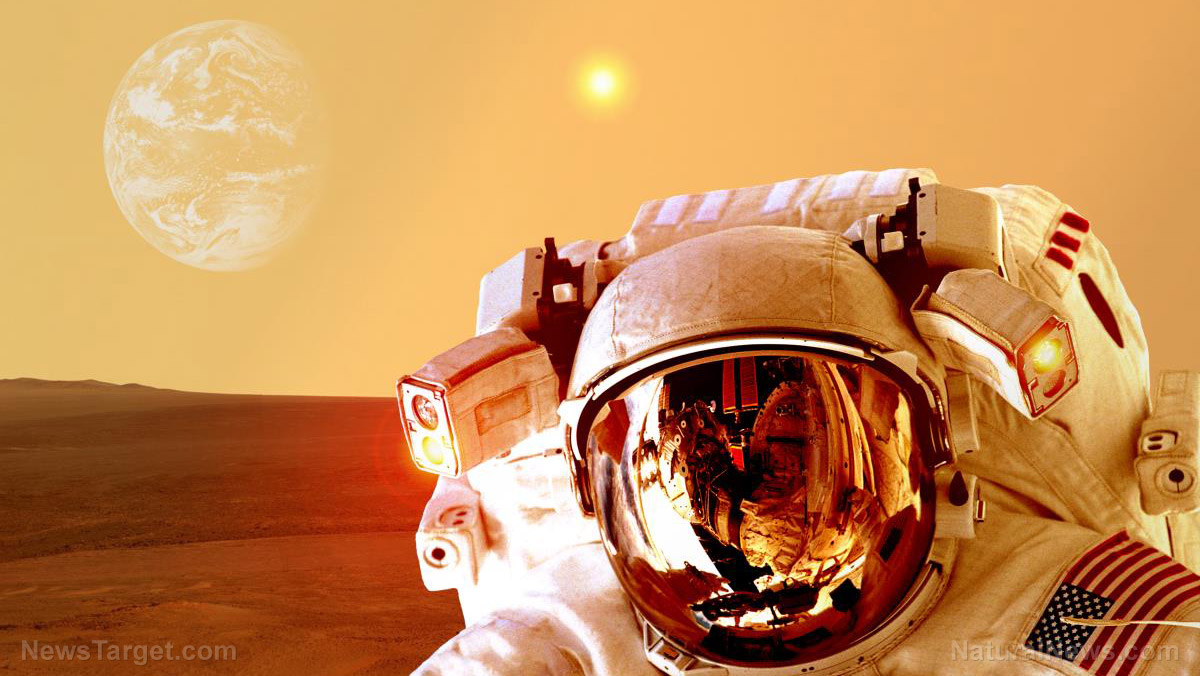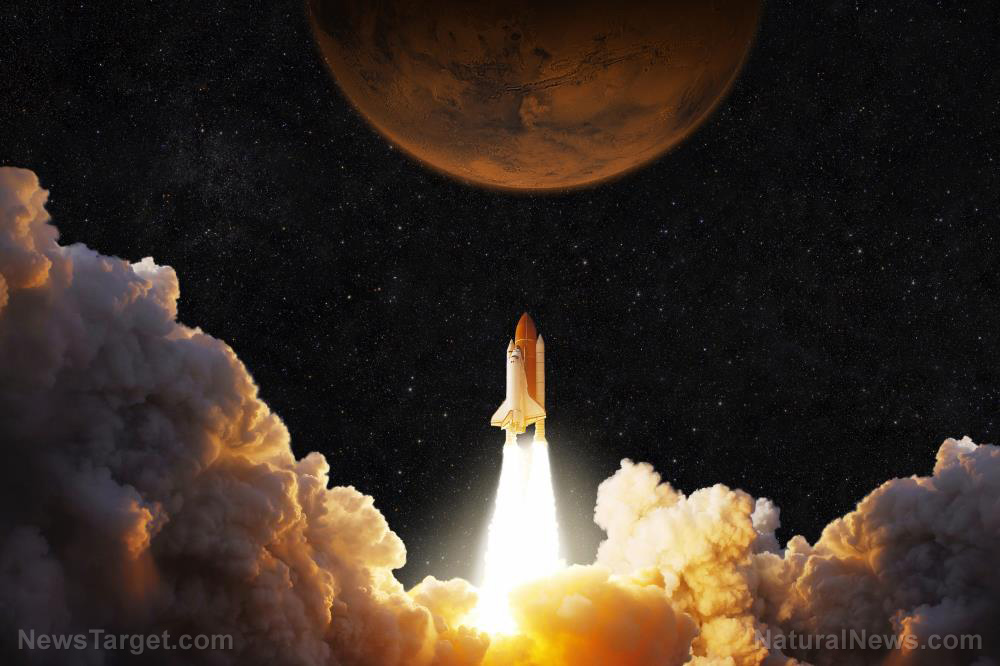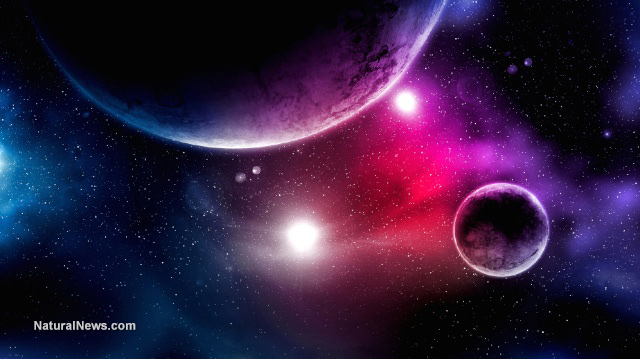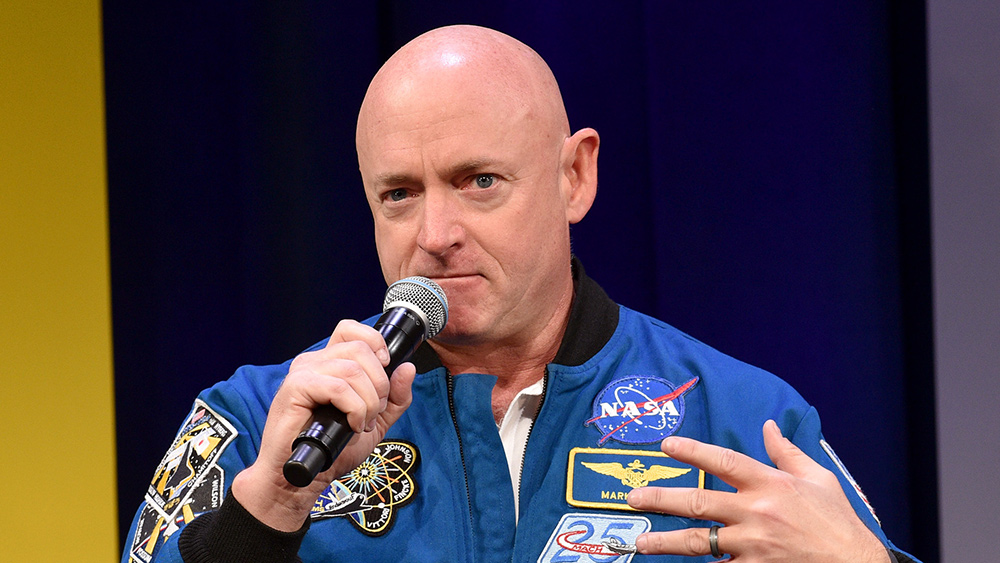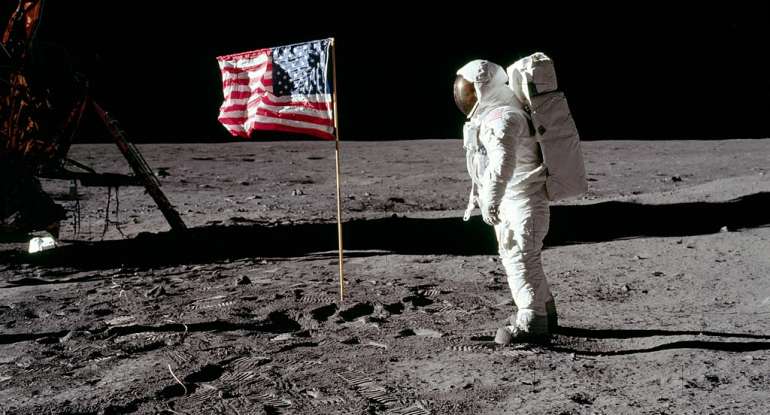
It might sound like a scene straight out of an Arthur C. Clarke novel but National Aeronautics and Space Administration (NASA) post-doctoral lunar scientist Daniel Moriarty says it is possible that astronauts could one day live inside caves under the moon's surface.
Moriarty made the claim during an “Ask Me Anything” Q&A session on Reddit, after he was asked about the possibility of the establishment of moon bases and terraforming – the theoretical process of planetary engineering which involves changing a planet’s surface and climate in order to make it more hospitable to humans without the need for specialized life-support suits – noting that the long, tunnel-like structures, formed long ago by lunar basaltic lava flows, could provide a natural shelter in which future space explorers can build a lunar base.
“I don’t think we’re going to be able to change anything about the surface of the moon,” Moriarty said during the Q&A session, adding that unlike other terraforming scenarios presented in recent times, it would make more sense for NASA to work with the moon rather than against it by using the natural structures and resources that are already present there.
“For instance, it could be useful to establish a base near a permanently-shadowed polar region in order to take advantage of surface water that’s there. Alternatively, it could be interesting to set up shop within a preexisting lava tube, which could provide astronauts with some shielding from temperature variations and incoming solar radiation,” Moriarty added.
LaNetra Tate, a NASA Space Tech Program executive who also took part in the Reddit Q&A, said NASA will examine ways in which the moon’s scarce resources can sustain future manned missions.
“We are most definitely looking to mature technologies and capabilities that will support In-Situ Resource Utilization on the surface of the moon,” Tate said, adding that part of the mission will focus on converting polar ice to water, as well as oxygen extraction from lunar soil.
The Q&A session came two months after NASA Administrator Jim Bridenstine’s announcement that the agency is planning to send astronauts back to the moon.
According to Bridenstine, NASA plans to use “innovative, new technologies' to explore 'more locations across the lunar surface than ever before,” adding that the agency will use what it will learn on the upcoming lunar mission to “…take the next giant leap – sending astronauts to Mars.”
Moriarty echoed this during the Reddit Q&A, noting that preparedness for Mars exploration is one of the major themes guiding the upcoming lunar missions.
“There are a number of ways that developing technologies and geological understanding for lunar missions enable future exploration of Mars. It's a lot easier to get to the moon than Mars, which means that technologies we'll need to explore Mars can much more easily be developed and tested on the moon,” Moriarty said.
During the Reddit Q&A, the NASA scientists said they are "confident" about achieving their goals for the mission, despite U.S. Vice President Mike Pence accelerating their time frame by approximately four years, adding that NASA is used to facing "big challenges" and that the recent provisions in the US budget will make their planned missions "doable".
The VP previously called on NASA earlier this year to "reignite the spark of urgency" for space exploration and make it a priority to set what he called "bold goals" in the field.
If successful, the 2024 moon landing – dubbed "Artemis" after the Greek goddess of the hunt and the moon – will be the seventh manned U.S. lunar expedition, following its previous excursions between 1969 and 1972. It will also be the first mission to send a woman to the moon's surface, as well as the first crewed mission to land near the lunar South Pole. (Related: NASA thinking about performing a flight test of a nuclear reactor to the moon by the mid-2020s.)
The 2024 mission relies on the developing Space Launch System (SLS) and Orion spacecraft, along with the Gateway orbiting lunar outpost. According to NASA, the SLS and Orion are expected to be ready for their first uncrewed test flight in 2020, while construction on Gateway is expected to begin in 2022.
Sources include:
Please contact us for more information.















